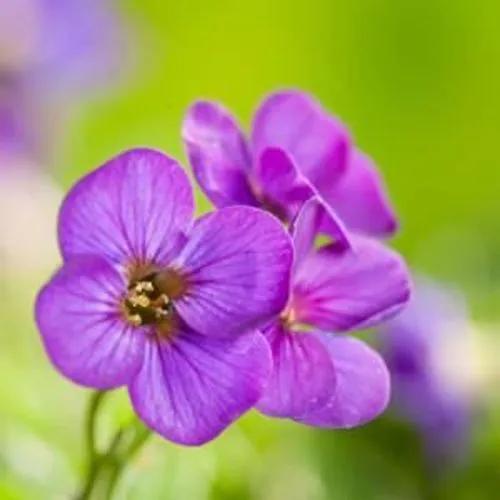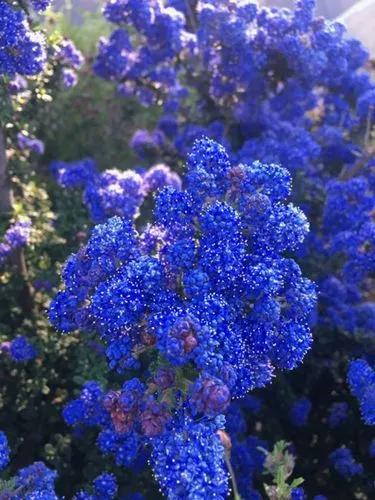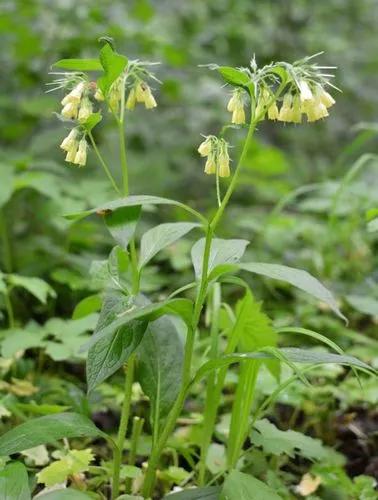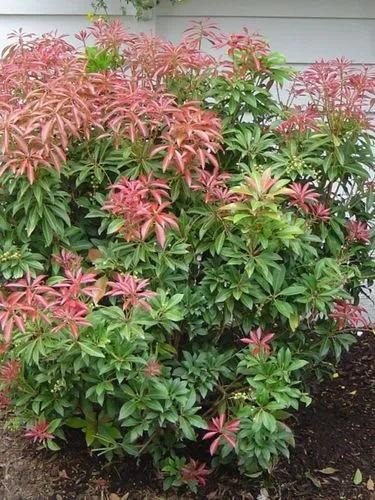Glebionis segetum (syn. Chrysanthemum segetum) is a species of flowering plant in the family Asteraceae, probably native only to the eastern Mediterranean region but now naturalized in western and northern Europe as well as China and parts of North America. Common names include corn marigold and corn daisy.
Glebionis segetum Care
Glebionis segetum
Other names: Chrysanthemum Segetum



Glebionis segetum is a herbaceous perennial plant growing to 80 cm tall, with spirally arranged, deeply lobed leaves 5–20 cm long. The flowers are bright yellow, produced in capitula (flowerheads) 3.5-5.5 cm in diameter, with a ring of ray florets and a centre of disc florets.
Glebionis segetum is widely naturalised outside of its native range, colonising western and central Europe with early human agriculture; it can be an invasive weed in some areas. However, it also was ranked very highly, in terms of nectar production, thus showing particular value in the role of nectar-provider for insects in a UK survey of meadow species' production of nectar sugar and pollen.
This plant is useful.
How to get rid of: Hand pulling needs to be done carefully to ensure there is a minimum of soil disturbance. Many weeds flourish when soil is disturbed. Removal of small weeds can be achieved by placing one hand flat on the ground with the weed between two fingers. As the hand is pressed toward the ground the second hand can carefully remove the weed.
How to Care for the Plant

Popularity

654 people already have this plant 121 people have added this plant to their wishlists
Discover more plants with the list below
Popular articles






